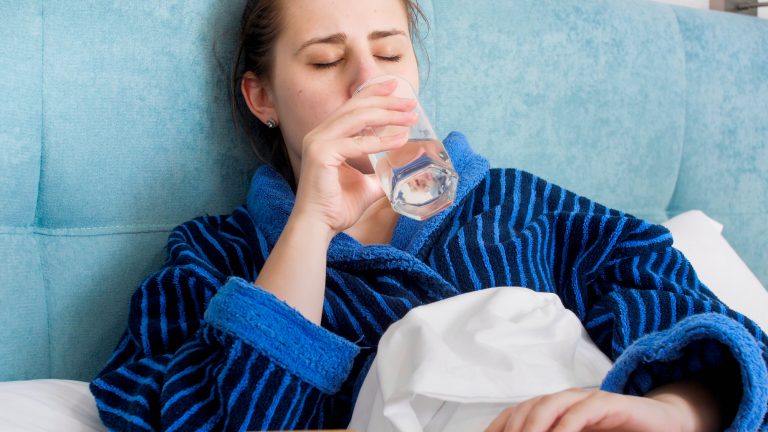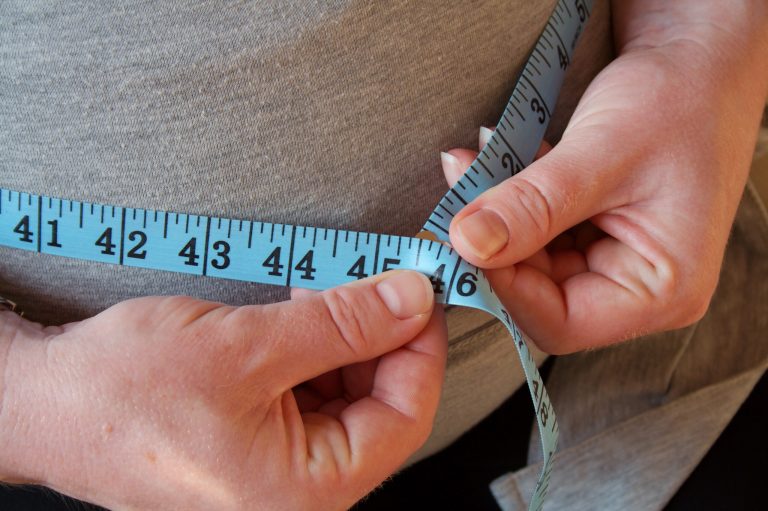How does ASMR help people relax and fall asleep?
There are a number of theories on how Autonomous Sensory Meridian Response (ASMR) improves sleep. The Sleep Foundation states that ASMR seems to stimulate areas of the brain which produces neorohormones associated with calming and sleep such as dopamine and oxytocin and endorphins. Among people who use videos or audio clips to induce ASMR, 82% use ASMR to help them fall asleep. The sensation generated by ASMR is often referred to as paresthesia.
Are videos like the above effective? What are the potential downsides of using videos like this?
Many people state that ASMR audio and video help them fall asleep. In fact 82% use ASMR for that specific purpose. Research published in the Journal of Affective Disorders showed that ASMR is often with relaxation and a better mood, mostly for those who experienced the tingling feeling and those with depression. Like all treatments, potential downsides include becoming overly dependent on the specific treatment. Researchers have only recently begun to study ASMR, and so there’s still a good bit they still have to learn about it.
Are there better ways to use ASMR for sleep? Such as an audio-only app or white noise machine (if that is the same thing)?
ASMR can be tried in a variety of ways. For example, some people might prefer not to be disturbed by video, so an audio-only approach would be best for them. Some people might want to try and use it just for relaxation as opposed to sleep.





